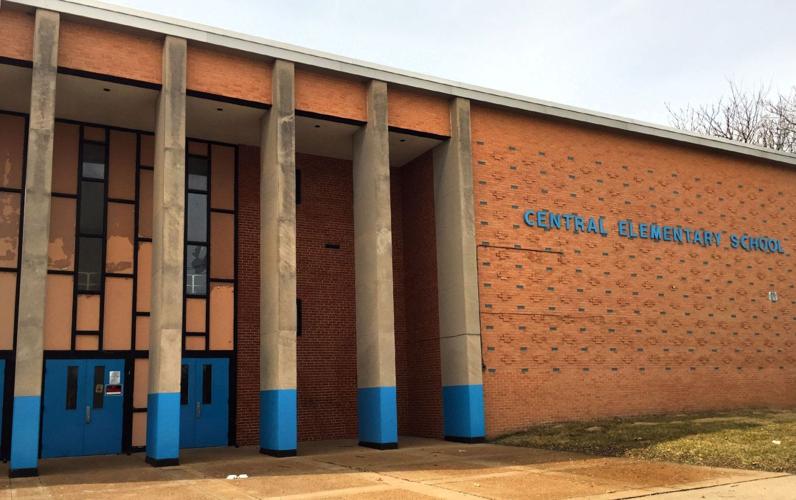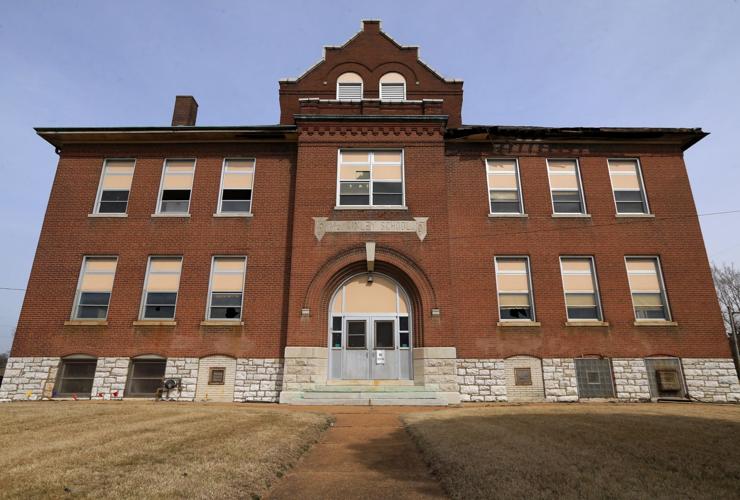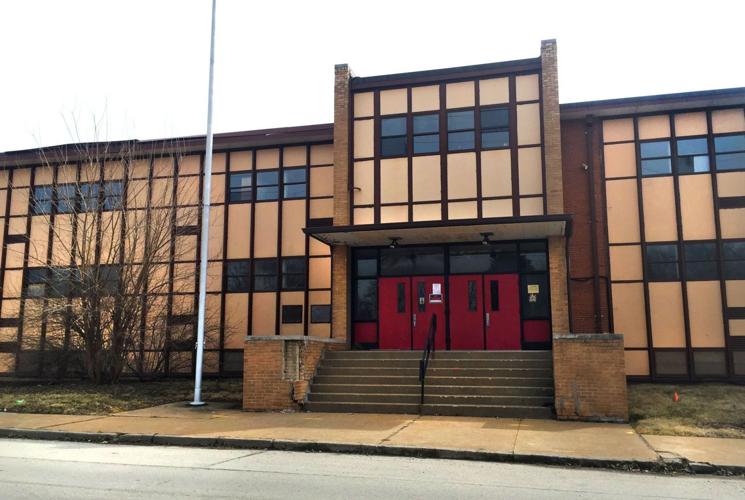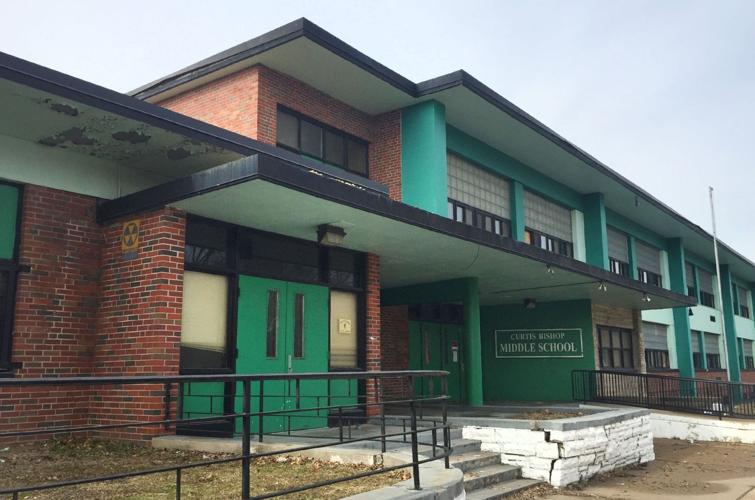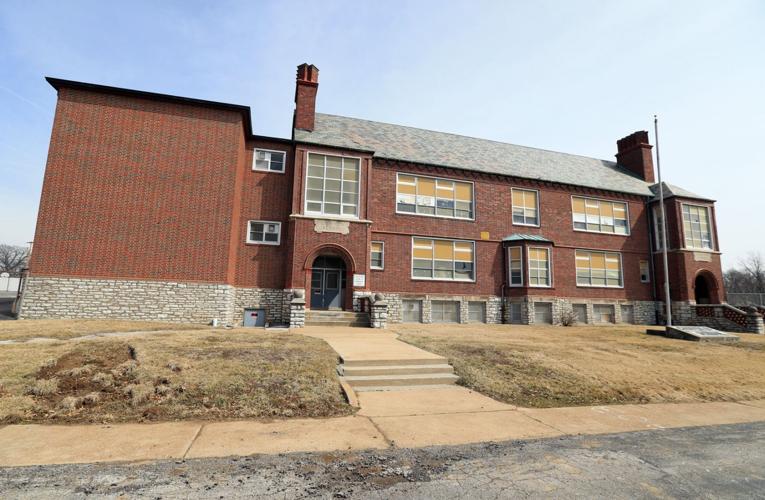NORMANDY • This time last year, the nonprofit group Beyond Housing was buying one vacant school building after another in the Normandy School District, giving the beleaguered school system an additional $2.9 million to stay afloat.
Beyond Housing, which does neighborhood stabilization work, wasn’t exactly in the market for deteriorating school buildings.
But the school system was shouldering $1.5 million in monthly tuition and transportation costs for students who had left for better schools under a controversial state law. And legislative proposals to change the transfer law didn’t promise financial relief.
Buying seven empty schools, plus an early childhood center, at or above market rate seemed like the best way to help buoy the district, said Chris Krehmeyer, chief executive of Beyond Housing.
People are also reading…
- Botched big lead underscores how Cardinals cannot outrun odds: Live by BABIP, lose by BABIP
- Nolan Arenado comes off the bench to deliver walk-off hit in riveting, 2-1 win vs. Dodgers
- Battlehawks’ attendance and TV ratings fall, but still (mostly) best in UFL: Media Views
- St. Louis sheriff buying new take-home SUV, despite budget woes
- AquaSculpt Reviews (Ice Water Hack) Best Diet Pills for Weight Loss in 2025
“The big reason we had to jump in and help out is there wasn’t a transfer tuition fix,” he said. “And there still isn’t today.”
Fast forward nearly a year.
Normandy is still on the hook for the tuition of students who attend other school districts under the transfer law, which opens the doors of higher performing schools to children in unaccredited systems.
While fewer Normandy students are transferring this year, annual tuition payments still run as high as $20,400 per student. On average, more money leaves per transfer student than Normandy gets for each one who stays.
The Missouri Legislature is again debating bills to modify the transfer law. But those remedies don’t include firm caps on tuition. The bills would instead set up incentives that would encourage — but not guarantee — that districts would lower tuition for transfer students.
District finances remain “fragile,” said Mick Willis, Normandy’s chief financial officer, at a recent board meeting.
On Tuesday, fliers began to circulate among Normandy staff. “The Normandy Schools Collaborative is facing a real crisis, with a very real possibility that the district could face bankruptcy,” the flier says. A forum on the problem is planned for 9:30 a.m. Saturday at Lucas Crossing Elementary.
The situation gives opportunity to about 430 Normandy children now in higher performing schools, but at the expense of the 3,500 who stayed.
TUITION BATTLE
Last spring, the Missouri Legislature agreed to send $2 million in emergency funds to get Normandy through the end of the school year. But the school system ended up having enough cash to make payroll without the emergency funds. Money from the building sales landed in its accounts on July 1, said former School Board president William Humphrey, giving the school system enough additional cash to get through December, when property taxes start to roll in.
The Normandy school system was in much better financial standing before the Missouri Supreme Court upheld the transfer law in 2013.
Even so, Sen. Eric Schmitt, R-Glendale, said tuition rates should be left to the local school boards who enroll transfer students — and not to the Legislature. He said he dislikes that the situation is depleting funds in Normandy and Riverview Gardens, the region’s other unaccredited school district. But he believes receiving districts should decide tuition rates, because they have no choice but to enroll transfer students if space allows.
“I don’t think it’s fair for the state to require the receiving district to take less than their resident-student tuition rate,” Schmitt said.
State educators have predicted that Normandy will financially fail next year if the number of transfer students exceeds 500. Last week, the Missouri Council of School Administrators began circulating charts that estimate the financial impact on other districts if Normandy students are dispersed.
Charles Pearson, the district’s interim superintendent, said administrators are planning for 2015-16 despite the millions of dollars they expect to lose to transfer tuition.
“We’re working to still create a budget that — rather than be in survival mode — will be about supporting instruction,” Pearson said.
‘IT WAS RELIEF’
Beyond Housing bought the seven school buildings between March and June last year through a subsidiary, the 24:1 Community Land Trust. The organization works to strengthen housing through partnerships with businesses and government within Normandy district boundaries. It gets funding through grants and private donations. It has rehabbed entire streets of homes to help stabilize the area.
When Beyond Housing approached the Normandy School Board last year about buying the vacant buildings, “I thought, ‘What? Somebody wants to buy these?’” said Joyce McRath, a board member at the time. “Universities didn’t want them. No one did. It was relief.”
Most had been vacant for at least five years and were in various stages of disrepair.
At Eskridge High and Bishop Middle schools in Wellston, years of neglect had given way to water damage, mold, peeling paint and shattered glass. Renovation work on either building would be cost-prohibitive, Krehmeyer said. Both will be demolished this year.
But the five other school buildings are in better shape. Beyond Housing plans to sell its St. Louis offices and move its staff into the old Garfield Elementary, a 51-year-old building in Pine Lawn that it bought for $630,000. Rehab work is to start this spring.
Pine Lawn Elementary, purchased for $320,000, will become the base for Beyond Housing’s construction company.
That leaves three school buildings with no announced plans — Lincoln Elementary in Pagedale, McKinley Elementary in Velda City and Central Elementary in Wellston.
“Anything that we don’t demolish will have rehab possibilities,” Krehmeyer said.
He didn’t rule out charter schools, which are publicly funded and privately run. They are permitted in unaccredited districts, but none exist in St. Louis County.
“We’d love a charter school,” Krehmeyer said. “Anything that would help give another 200 to 300 kids a good education — come on in and help us.”
The concept of giving vacant district schools to charter operators is a popular one in Jefferson City. In fact, legislation dealing with the transfer law would make vacant district buildings more accessible.
Thanks to purchases by Beyond Housing, only two vacant school buildings remain in the Normandy district’s possession: Bel-Ridge Elementary and Bel-Nor Elementary — which closed in 2011 and in 2014, respectively. Pearson, the interim superintendent, said the district’s governing board, which the state appointed to take over the school system on July 1, hasn’t discussed its buildings’ future.
But one thing is certain: The shuttered schools won’t result in the kind of financial windfall that rescued the school system last year.
Even if the two buildings go on the market, Beyond Housing “isn’t in the financial position to do more,” Krehmeyer said.

